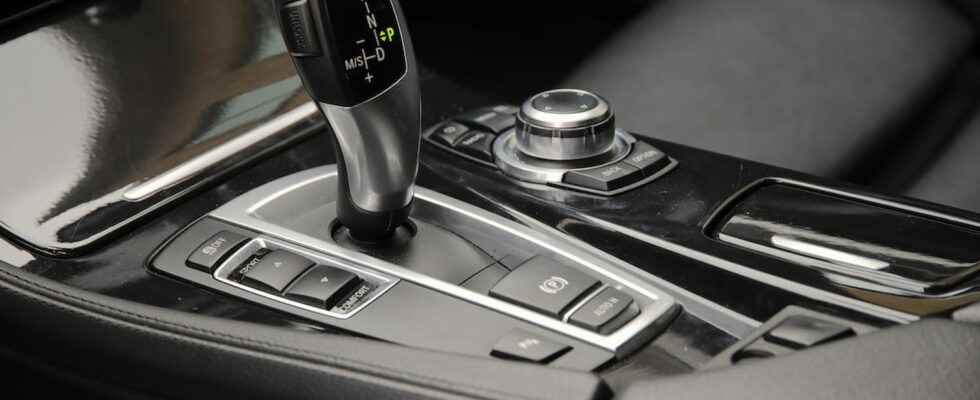Windows contains a discreet, almost hidden folder, which hosts the software to be launched automatically when the PC starts. Here’s how to find it and use it by placing your favorite apps on it.
Like other operating systems, Windows makes it possible to launch software automatically at startup, when a user opens a session. A very practical principle to avoid having to systematically open manually applications that we use every day.
Many software grant themselves from the outset, as soon as they are installed, the authorization to launch when Windows starts. They generally do not appear and remain discreet while running in the background. Others, more respectful, ask you for permission to do so. Others, finally, simply do not offer an option to get started as soon as the user session is open. In general, you can manage its automatic launches in the Windows settings (see our practical sheet). But you can also go through the Windows startup folder (see our practical sheet), which, as its name suggests, hosts software or their shortcuts to launch them automatically at the start of the session. The only difficulty is that it is difficult to find when you do not know of its existence, nor, a fortiori, his location. Here is the procedure to follow to access it and deposit the shortcuts of the software that you want to see open automatically when Windows starts.
To access the Windows 10 or 11 startup folder, two solutions are possible: navigate through the storage space tree or use a simple command line.
► To find the Windows 10 or 11 startup folder in the storage space tree, you must first make sure that the system displays hidden files and folders. To do this, open a File Explorer window and click on the menu Display. Hover the mouse pointer over the last option Display then choose hidden elements.
► Then navigate to the folder:
C:UtilisateursNom_d'utilisateurAppDataRoamingMicrosoftWindowsMenu DémarrerProgrammesDémarrage
► The contents of the startup folder are displayed.
► To access it in a few clicks, you can also use a command. Press the keyboard shortcut Win + R. In the Run window that appears, simply type the following command and hit enter.
shell:startup
For a program that does not have an option to open at startup to still run automatically as soon as the Windows session is opened, simply drag the icon of its shortcut into the Windows startup folder .
► If the program you want to start automatically when Windows starts does not yet have a shortcut, create one. To do this, look for the software executable which is usually located in the folder Programs Or Programs (x86). Right-click its icon. From the context menu that appears, choose Send to (with Windows 11, choose Show more options > Send to). Finally, click on Desktop (create shortcut).
► Now navigate to the Windows startup folder as explained above. Drag the icon of your program present on the Desktop into the startup folder. From now on, your program will open as soon as your user session is open.
► And if you want to prevent a program from opening automatically when Windows starts, follow the advice in our practical sheet to use the appropriate method.




